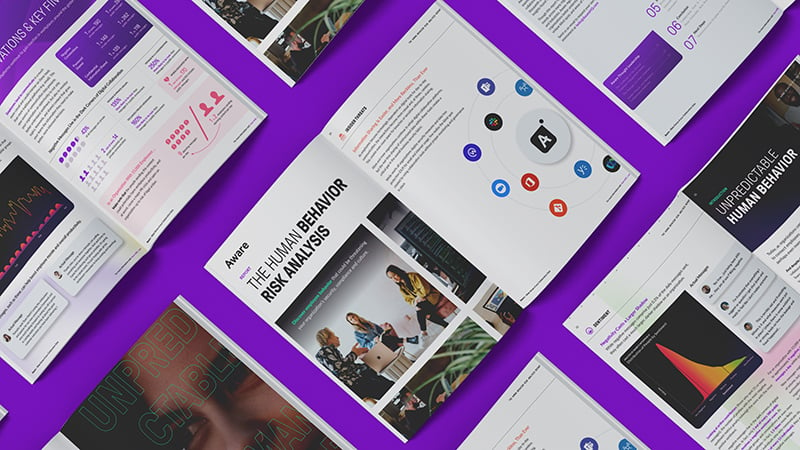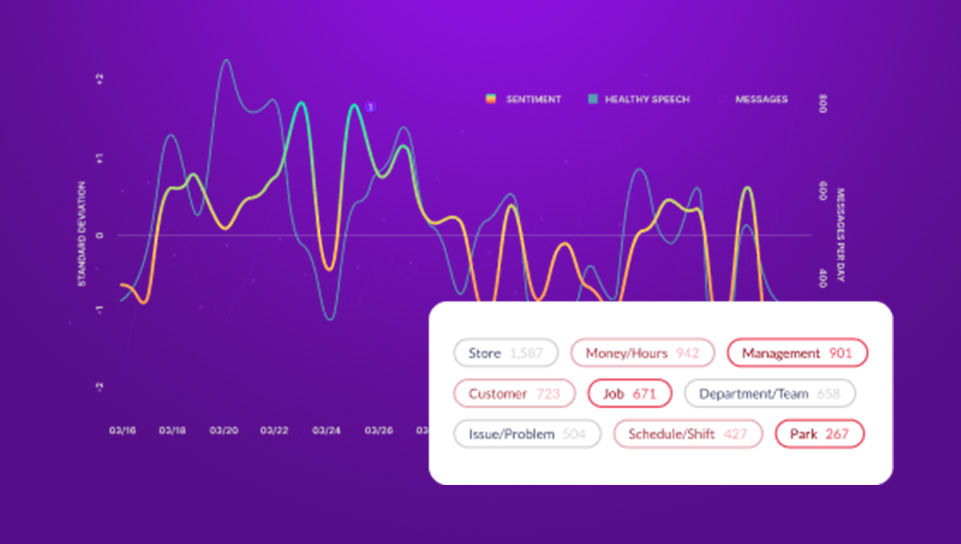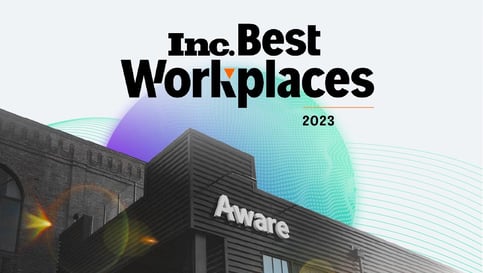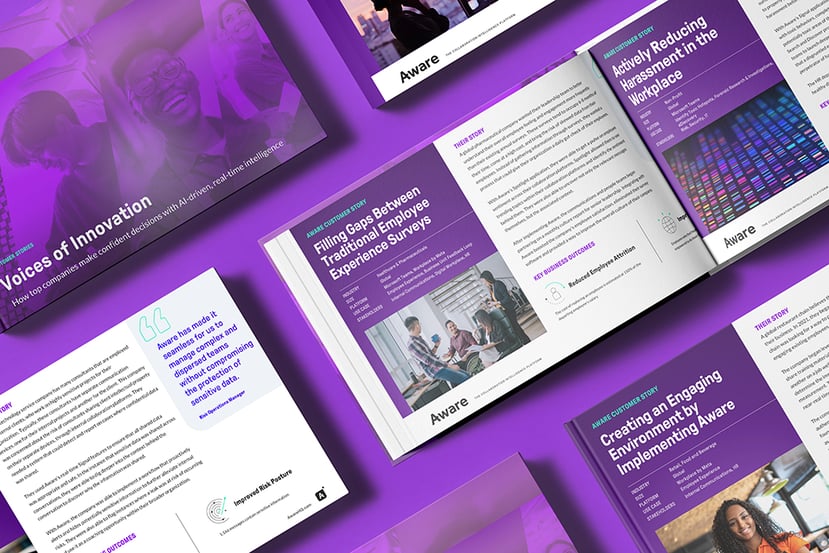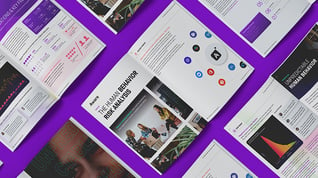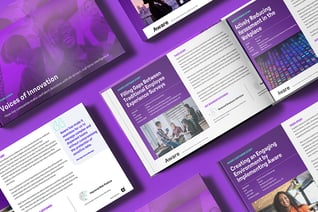Key Performance Indicators (KPIs) for Company Culture Health
by Aware
While organizational culture is intangible, elusive, and hard to measure, it is also one of the biggest factors when predicting company success. Rising companies with impressive revenue streams and aspiring dreams have become victims of failure, largely due to their toxic company culture.
Company Culture Health Indicators
When building a culture, organization leaders often struggle knowing how to articulate success. Sure, the tangible outcomes of healthy, functional and enjoyable workplace environment are real—including reduced turnover, more competitive applicants, and increased productivity. But what metrics can leaders use incrementally to understand if their actions are achieving their broader goals?
There are two indicators that can arguably serve as key performance indicators for leaders who are supporting company culture health: organizational sentiment and organizational toxicity.
What is the definition of organizational sentiment?
The trends of a mood or feeling across a group of employees or an entire organization.
Sentiment is a metric that commonly reported through an annual employee survey. The challenge is that organizations then leverage this information to make business decisions for a long period of time (often 1-2 years)—because surveys are expensive!
The information gathered from a company survey quickly becomes stale as solutions are put into place, but by then, new problems have emerged.
What is the definition of organizational toxicity?
A measurement of distracting behaviors that has the potential to make peers feel unsafe, isolated and/or harassed.
Organizational sentiment ebbs and flows depending on events and the mood of the organization. For example, a survey distributed soon after a company culture event might yield very different results than if employees took the same survey after a large lay-off. Read more about the challenges of annual employee surveys.
This can include unprofessional behavior (like swearing), general harassment, and discrimination. Toxic behavior has the potential to spread through an organization like wildfire, costing hefty prices in productivity and human capital.
Identifying toxic messages is the first step of identifying and eliminating the toxic behavior. A toxic employee can damage your company by causing lower morale, performance decline, higher turnover, and in some case, a damaged brand reputation.
How to Track Organizational Sentiment & Toxicity
As employee collaboration and work has shifted to the digital environment, conversations become a consumable dataset.
Natural language processing (NLP) is a process that can answer questions surrounding sentiment and toxicity indicators and can give unprecedented real-time insight for workplace leaders.
But in order to be able to analyze employee conversations, an organization needs a pool of communication data.
Companies that have rolled out collaboration platforms such as Yammer, Microsoft Teams, and Workplace by Facebook are at the advantage of having access to their employees’ conversations. This is because as employees create data with every keystroke and messages these tools have an abundance of consumable data and users simply interact in a more casual and candid manner than that of other more traditional tools (e.g. email).
This capabilities, and others like it, is the reason we built our flagship product, Aware. It is built to seamlessly integrate with enterprise collaboration platforms and offer real-time insights through NLP in near-real time.
